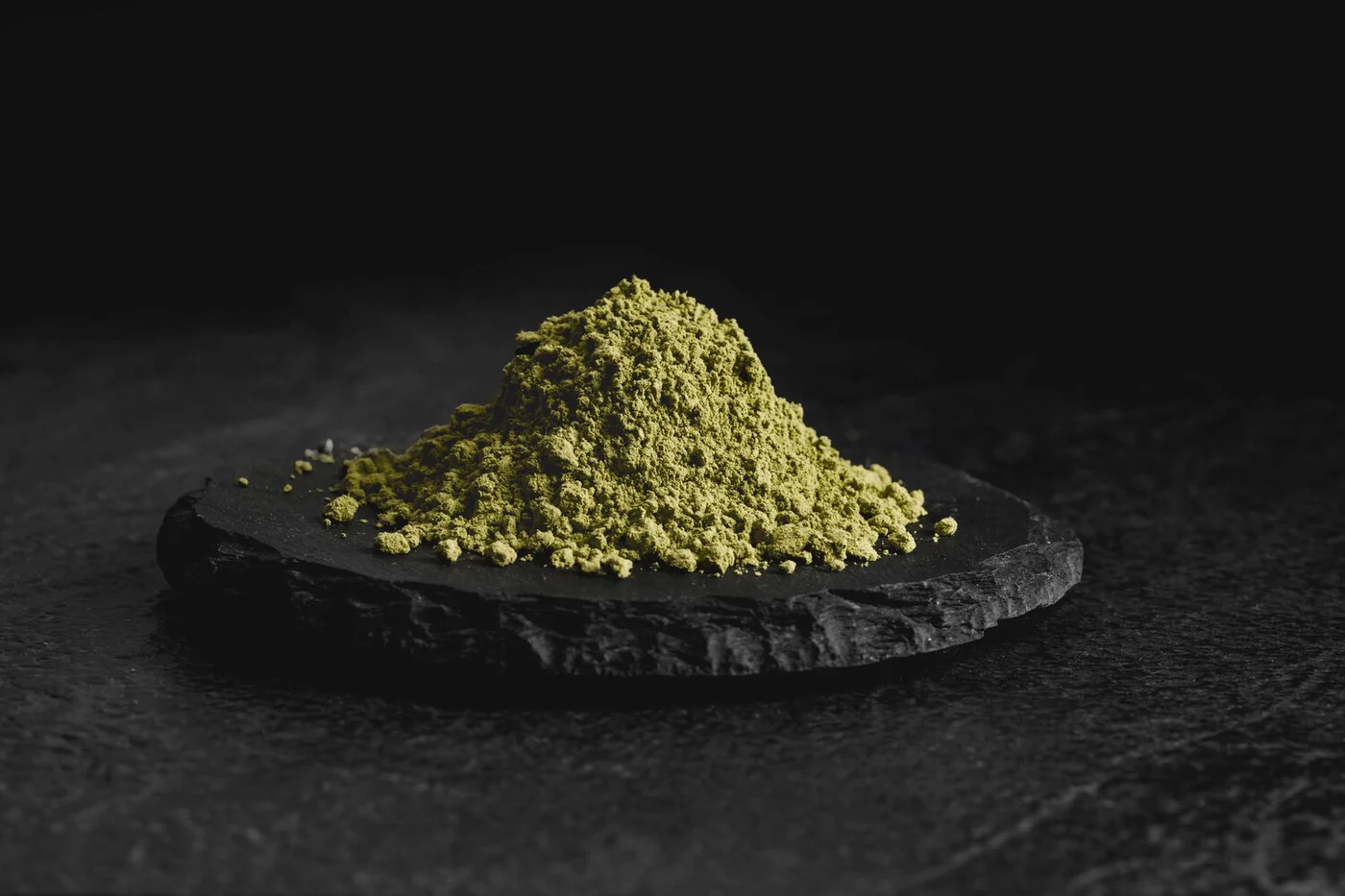The Kratom Making Process: From Harvest to High-Quality Powder
- By Ed Miller
- November 27, 2024
Kratom has become increasingly popular for its stimulating and pain-relieving effects. Kratom’s several effects on the body are ascribed to its active components, mostly mitragynine and 7-hydroxymitragynine. The kratom made guarantee the best quality and strength, though, there is a complex procedure involved in turning the kratom leaves into the fine powder most consumers eat.
Harvesting the Leaves
Kratom leaves are hand-harvested usually when they are between three to four years of age. Usually this is during their prime. Young leaves for milder effects and older, more mature leaves for stronger, more potent effects are chosen at different phases of maturity. Harvest timing is very important since it affects the alkaloid profile of the leaves, therefore influencing their potency.
Drying the Leaves

The kratom leaves are meticulously dried following harvest to maintain their alkaloids. Under regulated settings, the drying process can take several days and helps to prevent direct sunlight exposure, which might destroy the active molecules. The intended result will determine the drying technique to be used. While some growers might utilize shade drying or even fermenting the leaves, others would rather dry them indoors. With each color related to distinct effects—e.g., red for pain relief, green for energy and focus—the drying process can also affect the color of the finished powder, ranging from green to red or white.
Grinding the Leaves into Powder
Mechanical grinders turn totally dried leaves into a fine powder once they are ready. Consistent texture and potency depend on this stage; hence it is absolutely vital. The state of the leaf before grinding determines the quality of the powder; any mold or pollution could affect the final result.
Packaging and Quality Control
The kratom made experiences thorough quality control following grinding. To guarantee it satisfies safety criteria, it is tested for pesticides, microorganisms, heavy metals, and pollutants. The powder is packed for use once it passes all tests.
With an eye toward preserving the quality of the resultant product, the kratom-producing process is a deliberate mix of old procedures and new ones. From harvest to powder, every stage is absolutely vital for maintaining the strength, safety, and efficacy of the kratom. Knowing this method will enable consumers looking for premium kratom to make better judgments regarding a source.









